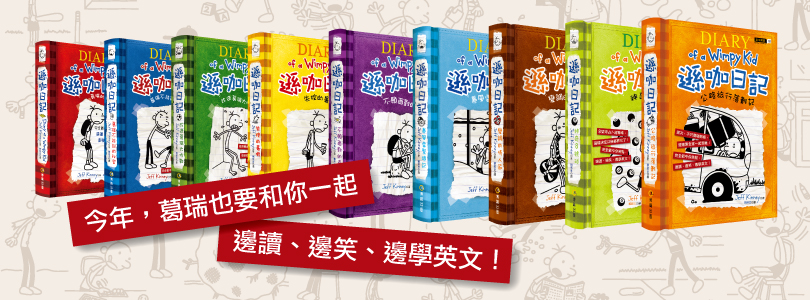Today I’ll share five reading strategies that were helpful to me when I was an ESL student, and, hopefully, they will be valuable to your students as well.
Strategy 1. Previewing/Predicting
This is a common reading strategy. Previewing means getting familiar with the text before reading it. Previewing is a very important reading skill because it “enables readers to get a sense of what the text is about and how it is organized before reading it closely” (Salisbury University,
7 Critical Reading Strategies) When learners preview the text first, they understand it better while reading it.
You can help learners preview a text with activities such as brainstorming, asking questions, discussing relevant topics and themes, analyzing vocabulary from the text, and drawing on relevant life experiences.
Strategy 2. Understanding Patterns of Organization
Understanding patterns of organization is an important reading skill. When learners understand a pattern of organization in a particular text, they will be able to follow the author’s ideas more quickly and efficiently.
Below are five patterns of organization that are most commonly used in English paragraphs:
Listing: The main idea is stated in the form of a generalization; the examples are given to support the main idea.
Signal words and phrases: for example, for instance, first, second, in addition, besides, finally, most important, also, another
Sequence: The idea is presented in a series of events or steps in a process.
Signal words and phrases: first, second, next, then, since, soon, at last, in 1980, last month, the next step, the following year, while, at last
Compare/Contrast: The main idea is presented in the comparison of two subjects in which both similarities and differences are addressed.
Signal words and phrases: similarly, in the same way, like, as, both, in contrast, however, but, on the other hand, although, yet, unlike
Cause/Effect: Events or ideas are presented as a result of other events or ideas.
Signal words and phrases: due to, because, as a result, as a consequence, is caused by, leads to, gives rise to, comes from, produces
Problem and Solution: The main idea is presented in the form of a problem with an indicated solution.
Signal words and phrases: resolved, solution, solve, situation, trouble, issue, dilemma
Strategy 3. Inferring
Information in a passage is not always directly stated. Therefore, learners should be able to make guesses about the events or the author’s opinions and attitudes or the author’s purpose based on what they read in the text. This strategy is called inferring. Knowing how to infer will help learners better understand the text and develop their critical thinking.
Strategy 4. Determining the Purpose
Understanding any text starts with determining the purpose, that is, the reason the author wrote it. Below are the examples of three purposes:
To inform: The author explains or informs the reader about the facts.
To persuade: The author argues for or against an idea or topic by using different kinds of evidence.
To entertain: The author engages the reader with stories, humor, and anecdotes.
Sometimes, authors use more than one purpose in their texts.
To help them determine the author’s purpose, learners may ask themselves the following questions:
- Does the text contain a lot of facts? If it does, then the author’s purpose can be either to persuade or inform.
- Does the author use strongly positive, negative, or emotional language? If so, then the author’s purpose can be to persuade.
- Does the author use objective and neutral language? If so, then the author’s purpose can be to inform.
- Does the author use funny, intriguing descriptions and descriptive language? If so, does, then the author’s purpose can be to entertain.
Understanding the purpose of a given text will help learners better comprehend it and develop their ability to read critically.
Strategy 5. Questioning the Text
When I was learning English in an intensive English program, my reading instructor told us that one of the most effective ways to understand the text is to ask it questions. She said that by questioning the text, learners can also develop their critical thinking and use the information from the reading in real life contexts. She introduced us to two types of questions: thick and thin questions:
Thin questions are factual questions whose answers can be found in the text and that can be answered with a few words, phrases, or short sentences.
Thick questions, on the other hand, are inferential questions that require readers to think about more fully or even critically because the answers do not come solely from the text but from reader’s head (e.g., experience, background knowledge). Unlike thin questions, answers to thick questions are open to argument.
For example, if you are reading a passage that talks about how jealousy can destroy friendship, a thin question the reader might ask is, what are the signs of jealousy in a friendship? A thick question might be, how does jealousy destroy human relationships? Whereas the answer to the first question can be located in the text, the answer to the second question requires learners to reflect and draw on their life experiences.








 After typing it, I chose a layout that was appealing and printed it out. I double-sided it with a prediction worksheet that the students were to fill out later.
After typing it, I chose a layout that was appealing and printed it out. I double-sided it with a prediction worksheet that the students were to fill out later.